Spring on the plate: Pasta with green asparagus and tomatoes! When the first delicate poles meet green asparagus on sun…
Read More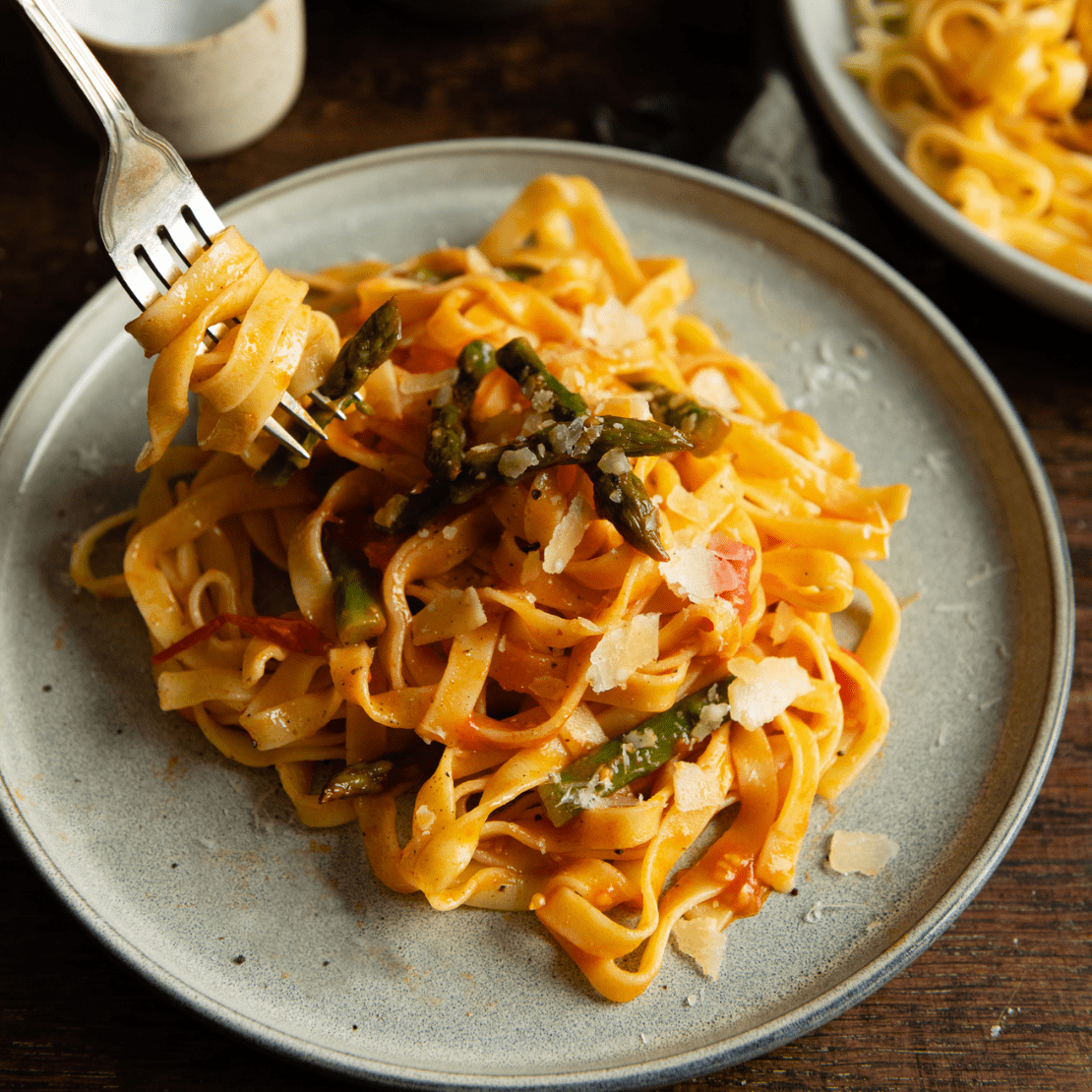

Spring on the plate: Pasta with green asparagus and tomatoes! When the first delicate poles meet green asparagus on sun…
Read More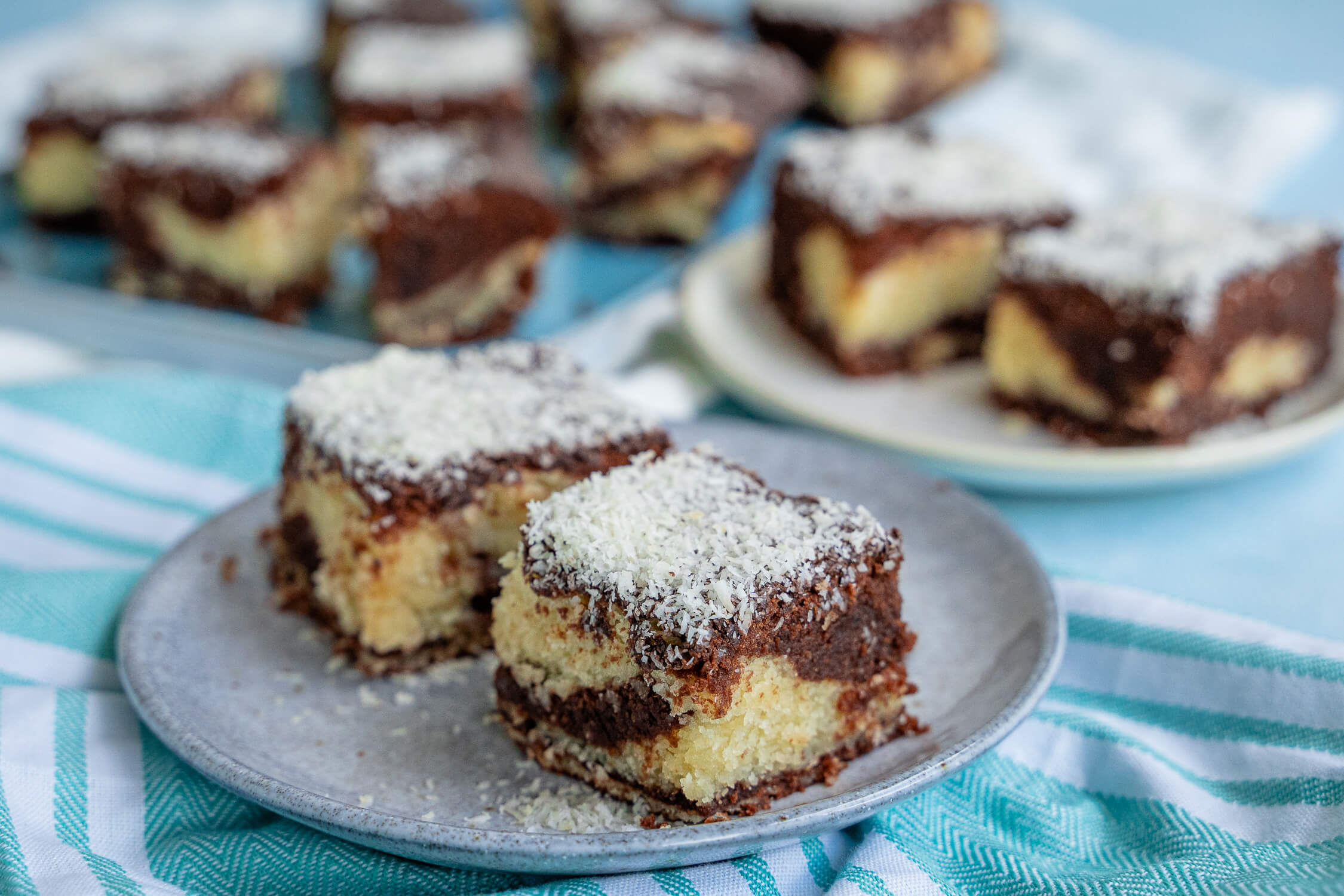
A juicy sheet cake with coconut, chocolate and soft batter – This bounty cake is made for everyone who loves…
Read More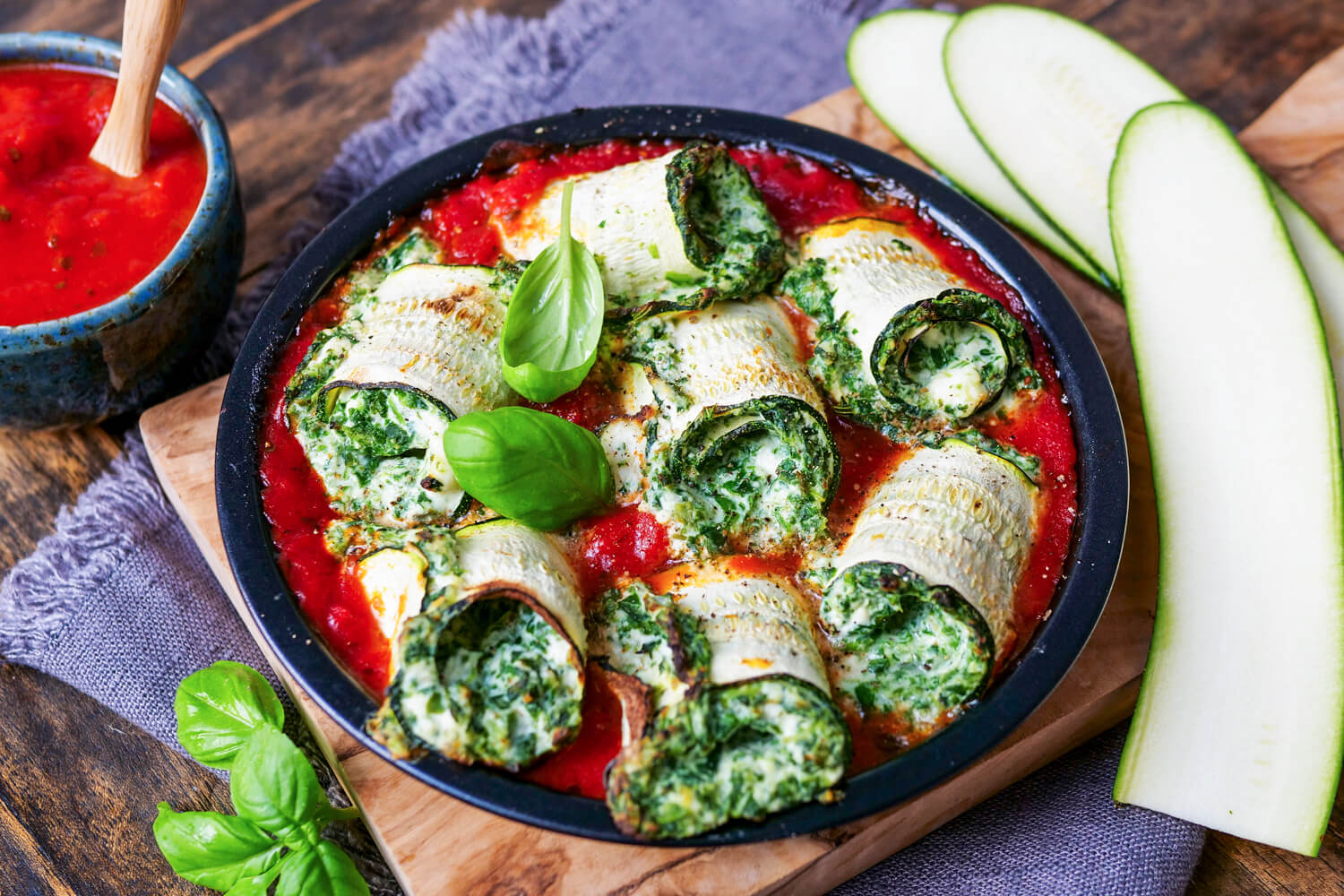
I love recipes that go quickly, are healthy and still really do something like this Zucchini-Cannelloni from the hot air…
Read More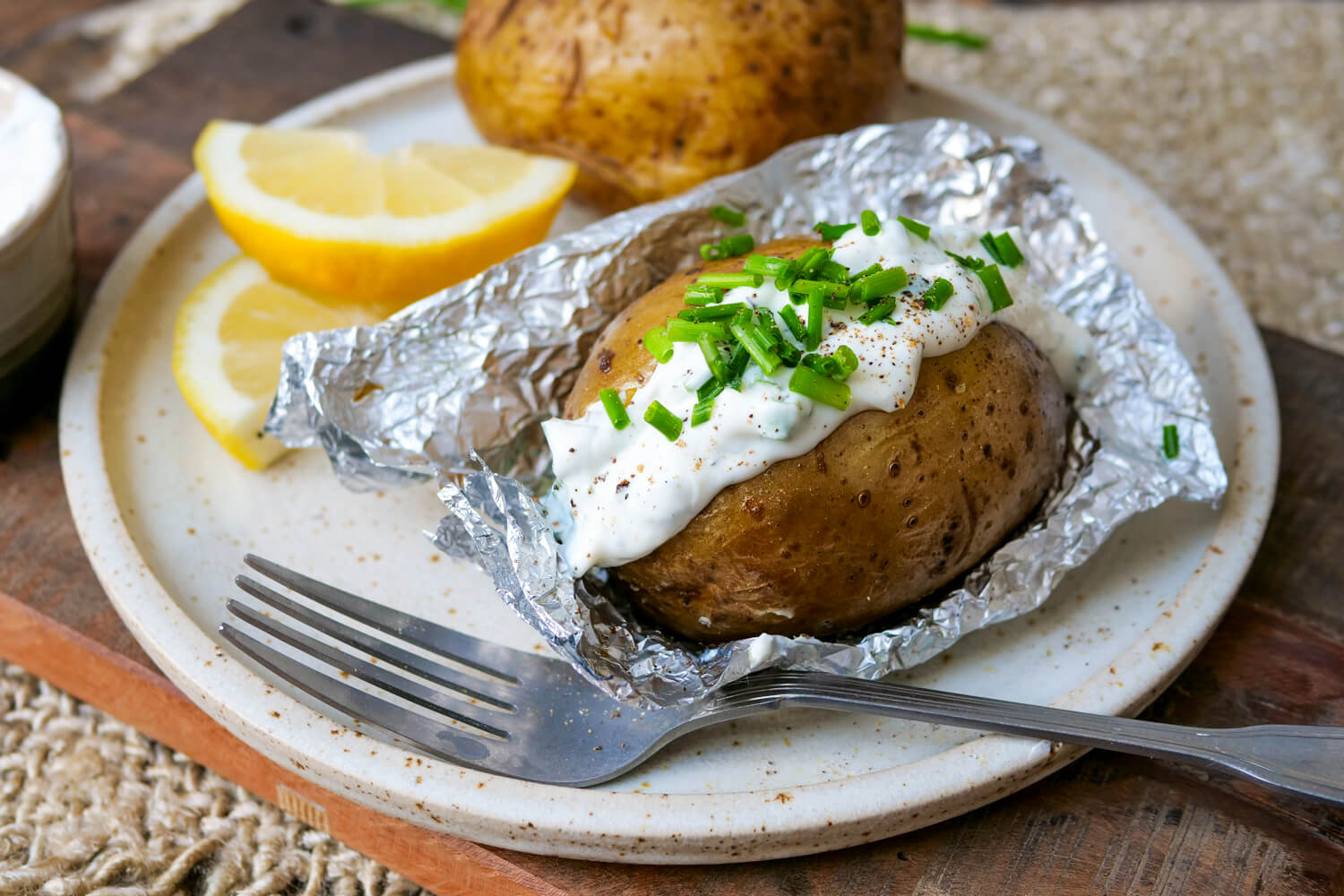
How awesome are actually Foil potatoes? In just 5 minutes you disappear in the oven and are always a hit…
Read More
Records are among the most popular dishes in the family kitchen – and rightly so. They are easy to prepare,…
Read More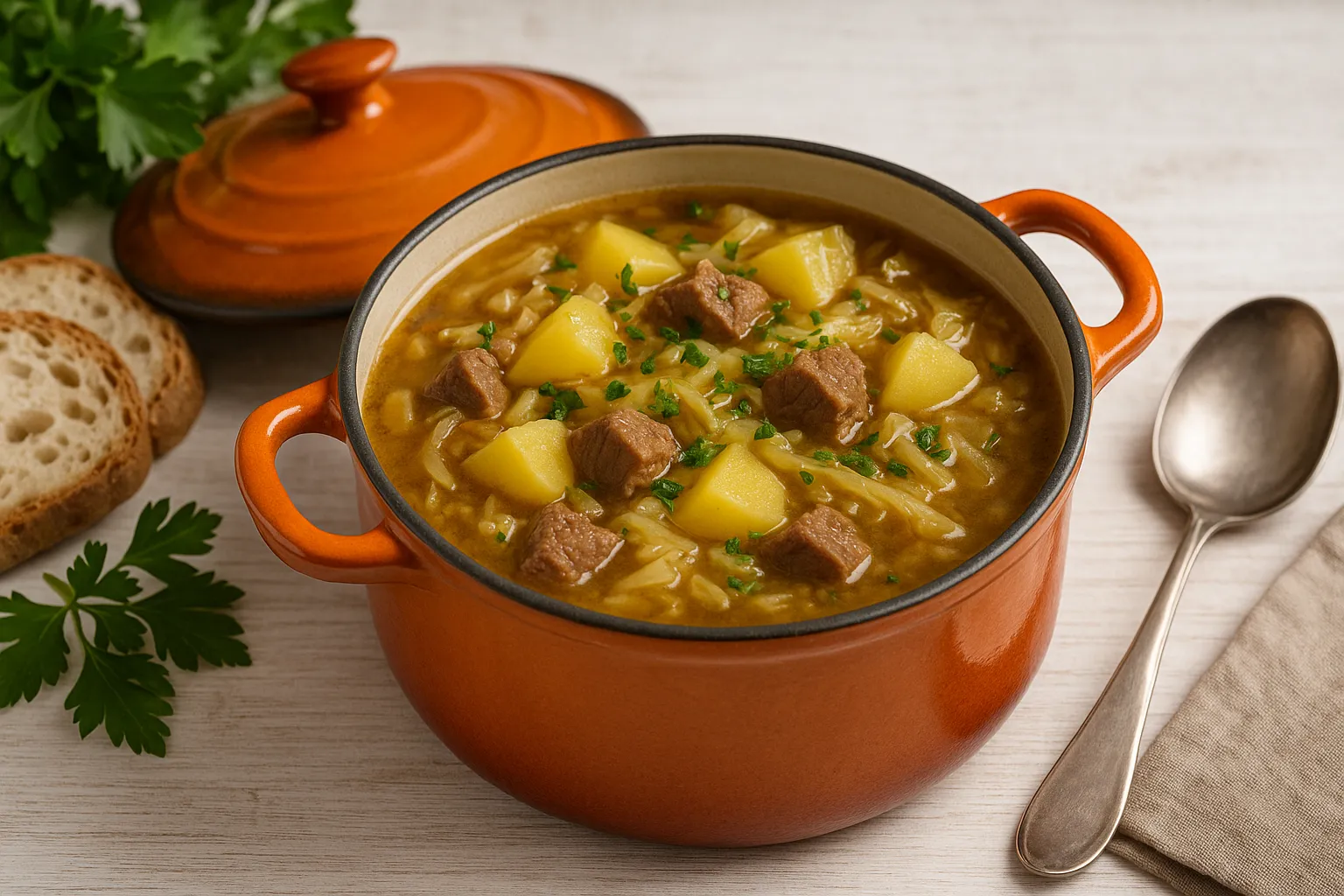
Steaming, hearty and honest: This Cabbage Brings exactly what you want on gray days – a warm shell full of…
Read More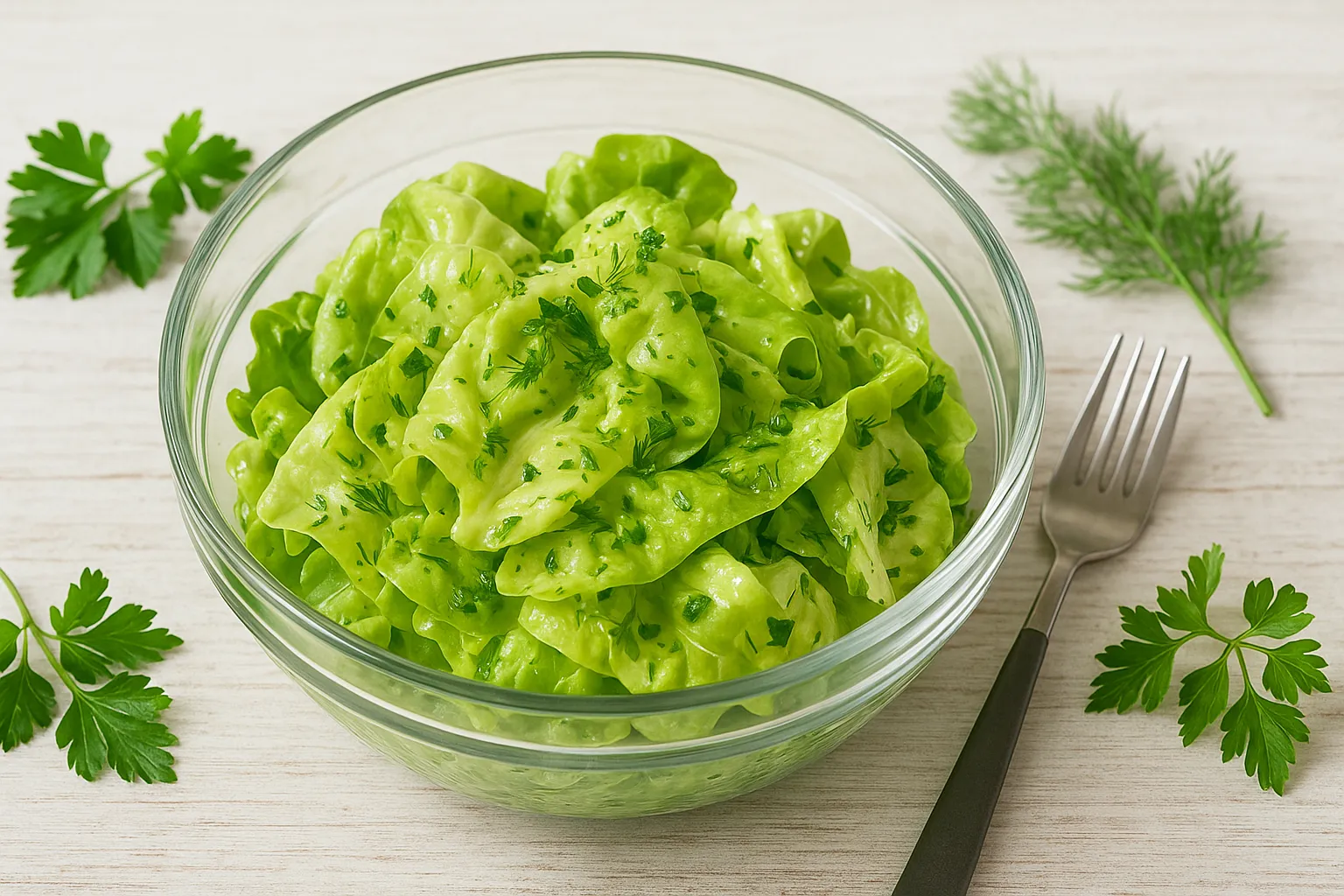
Light, fresh and reduced to the essentials: This Lettuce Brings exactly what many side dishes promise, but only a few…
Read More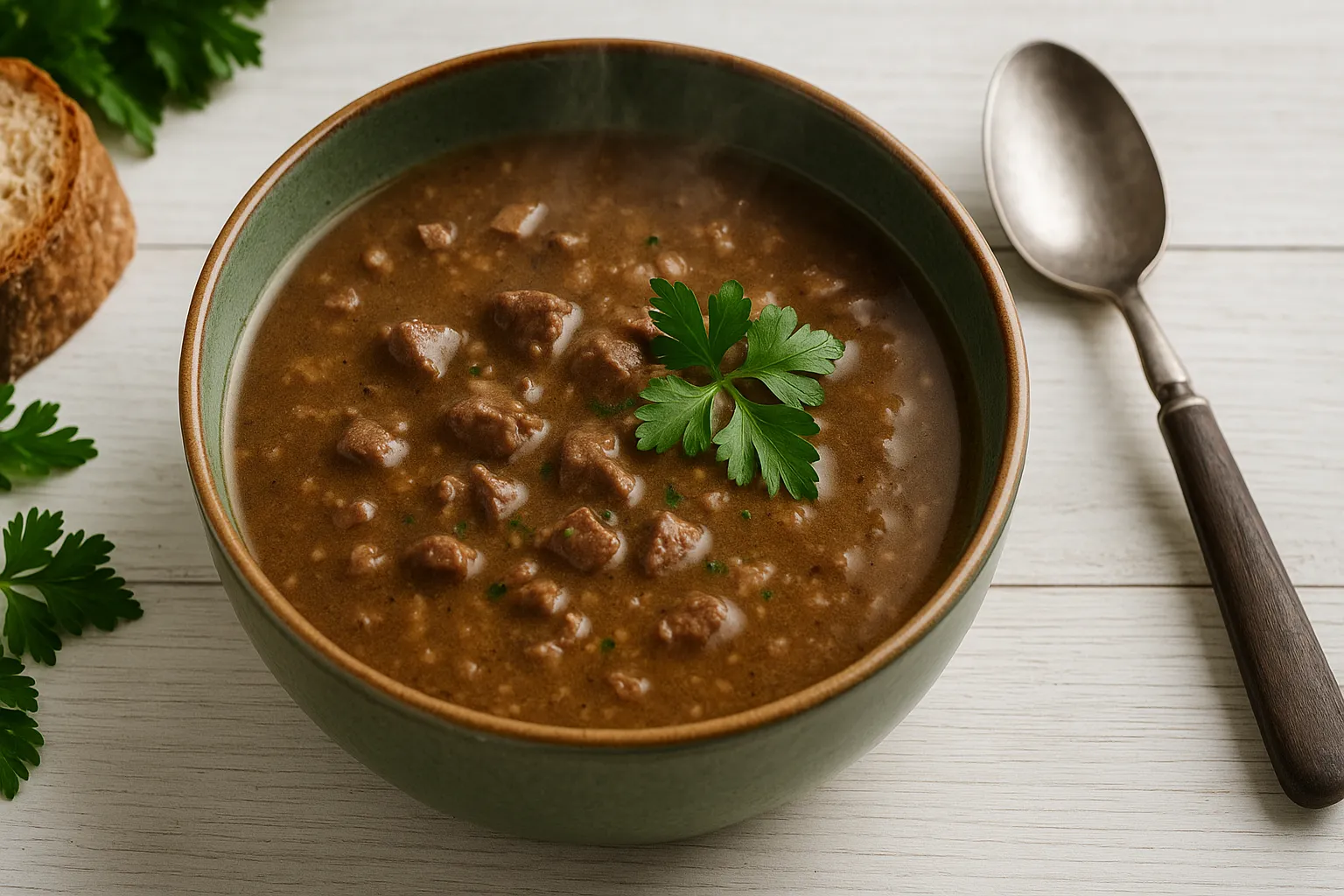
Strong, spicy and surprisingly fine: This Liver soup Bring a soothing depth into the soup plate with a few ingredients.…
Read More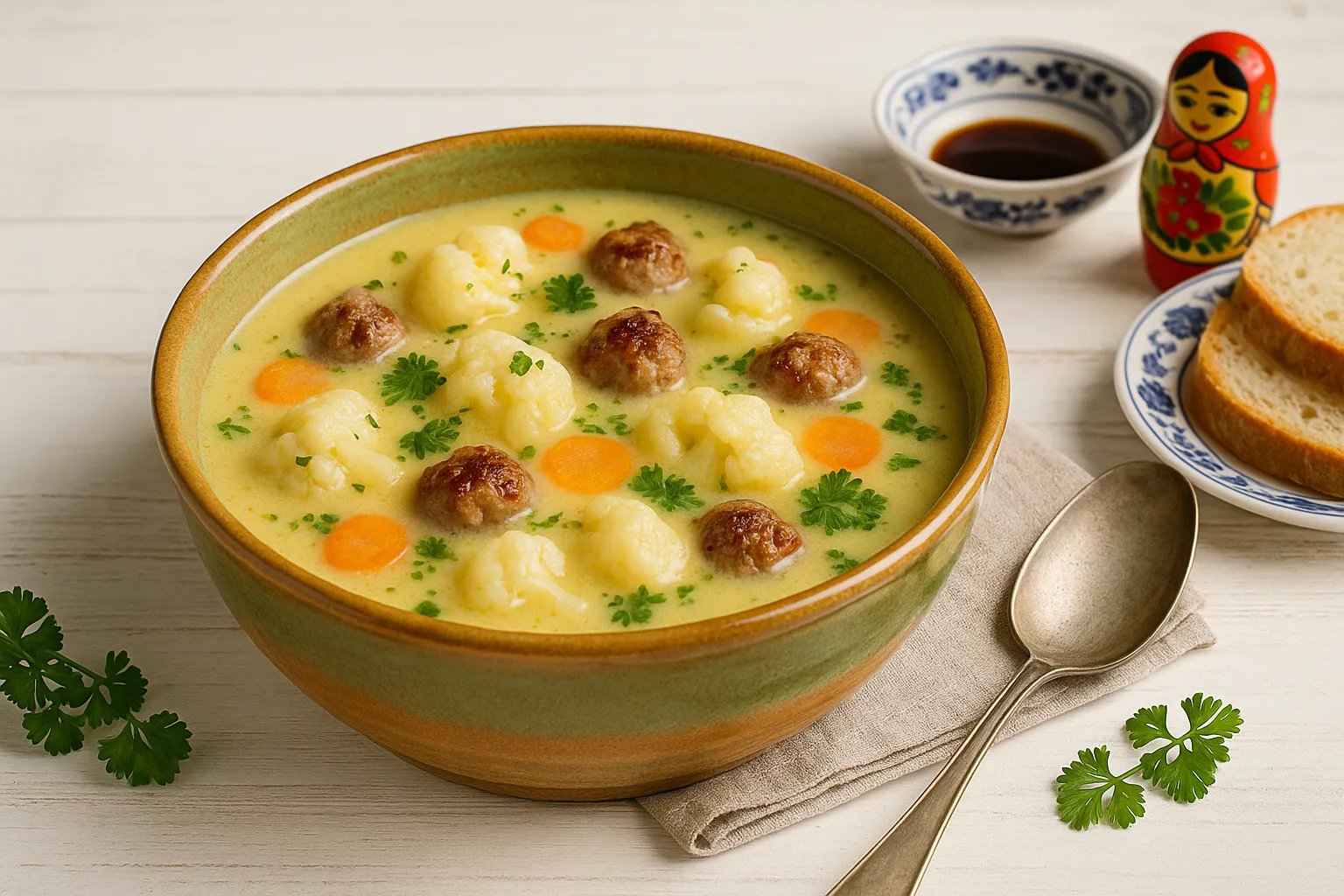
This delicious Thuringian cauliflower soup Is a real classic from the GDR kitchen And put yourself in time, as simple…
Read More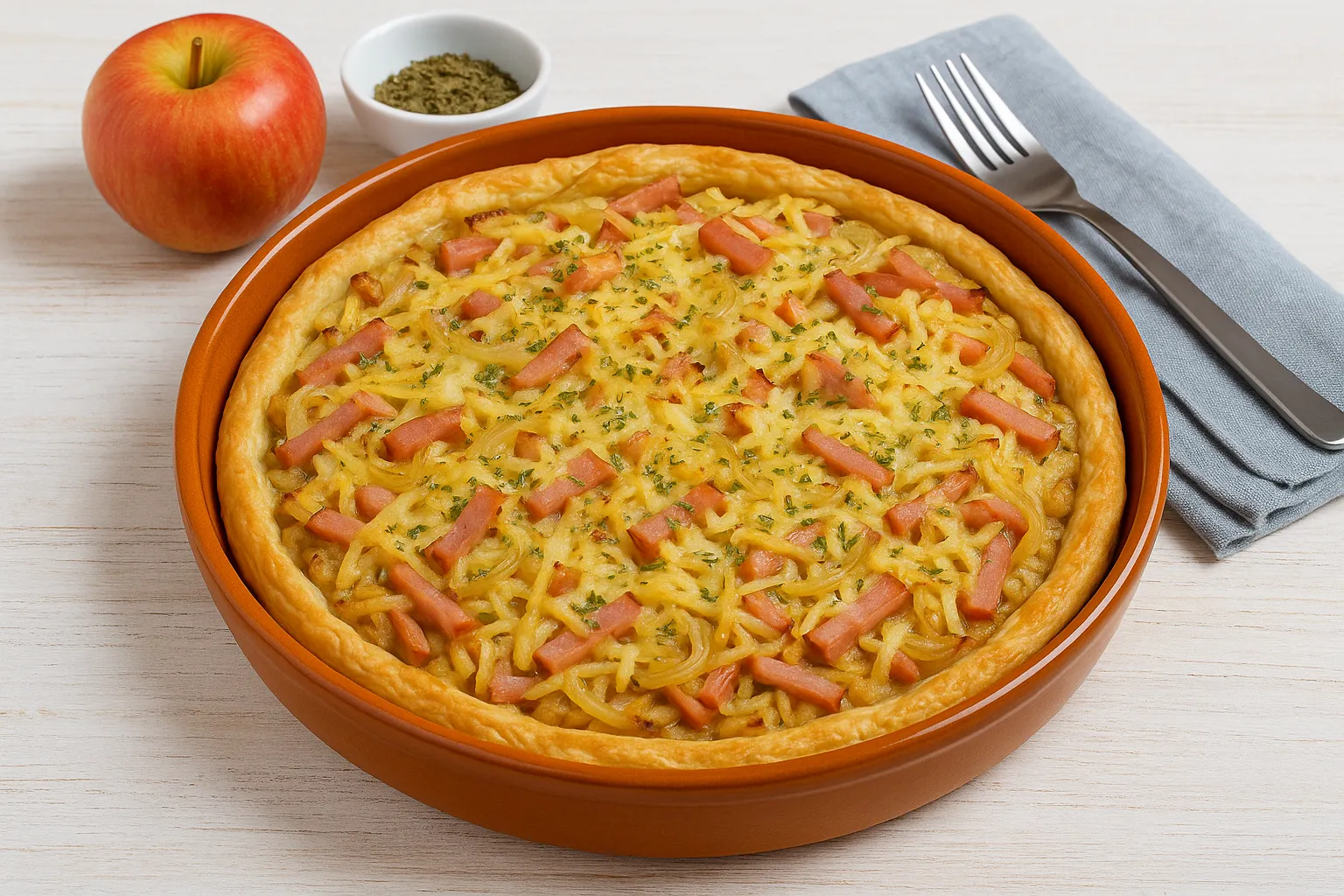
If things have to go quickly, but should still be on the table, this recipe is just right. Instead of…
Read More